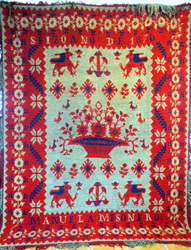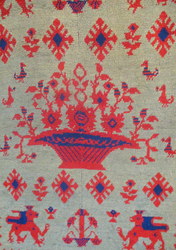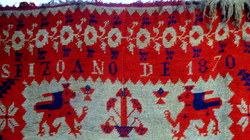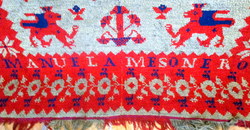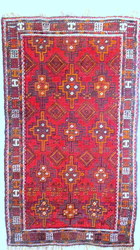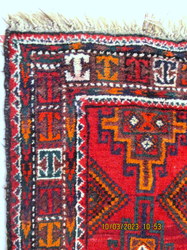SMALLER AND MIDDLE SIZED RUGS. 3.
HOME PAGE
OUR SHOP
SMALL/MIDDLE RUGS 1
SMALL/MIDDLE RUGS 2
SMALL/MIDDLE RUGS 3
LARGE CARPETS
KILIMS/FLATWEAVES 1
KILIMS/FLATWEAVES 2
KILIMS/FLATWEAVES 3
TRIBAL BAGS, ETC. 1
TRIBAL BAGS, ETC. 2
TRIBAL BAGS, ETC. 3
SALE - TRADE-INS 1
SALE - TRADE-INS 2
RESTORATION
CHARITY - AGE CONCERN
SOUK
JEWELRY/METALS 1
JEWELRY/METALS 2
CERAMICS & POTTERY
DECOR
ALL OTHER ITEMS
ABOUT/CONTACT
SMALLER AND MIDDLE SIZED RUGS. 3.
Here you will find a mixture of smaller and middle sized rugs from Central Asia and North Africa with lengths up to 275 cms., or 9 feet, (108 inches) with varying widths.
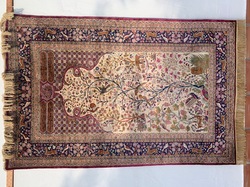
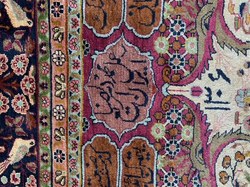
_250x187.jpg)
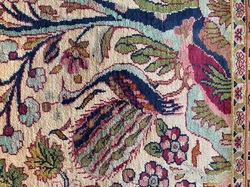
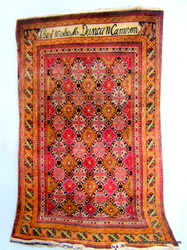
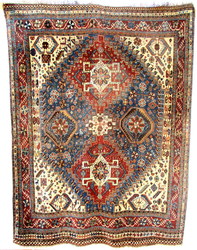
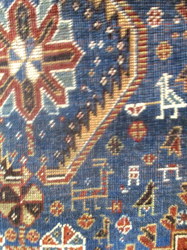
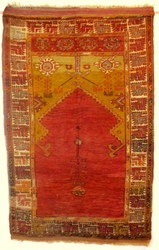
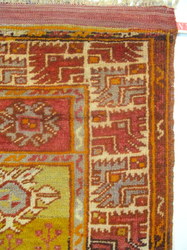
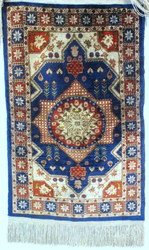

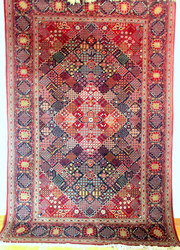


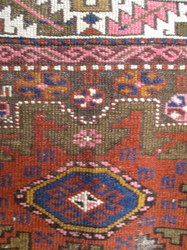
_220x250.jpg)
_250x187.jpeg)
-001_184x250.jpg)

